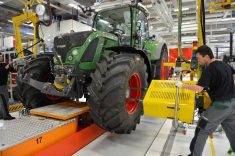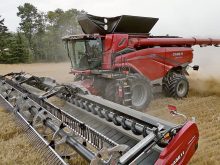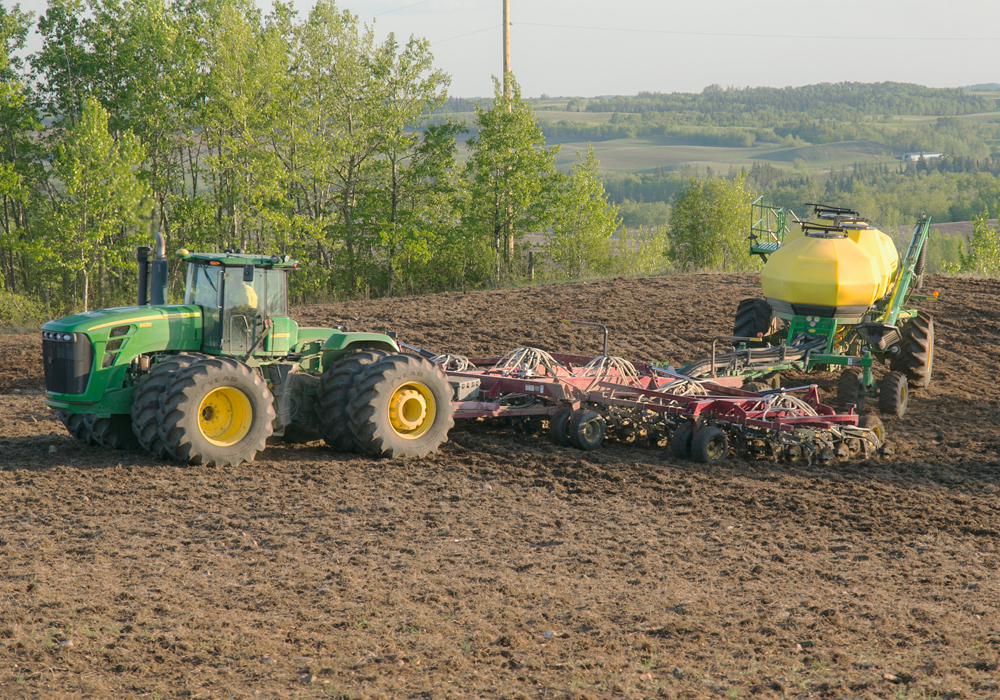Railway efficiency analyst Mark Hemmes and Transport Institute head Barry Prentice made a bet eight years ago.
Prentice said 80 percent of prairie grain would be moving in containers by 2021 while Hemmes said no more than 20 percent would move by container.
“There are beers on the line that will be paid in about 12 years,” Hemmes said during the Transport Institute’s Fields on Wheels conference in Winnipeg Dec. 2.
Prentice took the bigger gamble because he now concedes an 80 percent container share looks unlikely.
“At this point it looks like I’m buying,” Prentice said in an interview while standing beside Hemmes, a longtime colleague.
Read Also

Message to provincial agriculture ministers: focus on international trade
International trade stakeholders said securing markets in the face of increasing protectionism should be the key priority for Canada’s agriculture ministers.
“It looks like it was too aggressive a target, but I think it’s going to be closer to 80 percent than 20 percent.”
Hemmes is confident he’ll win the bet but feels chastened about his casual dismissal of the possibility that containerization of grain could ever exceed 20 percent. Two years ago it hit 16 percent.
“I think I’m going to solidly win this bet, but it’ll be closer than I imagined,” Hemmes said.
Many farmers and small grain companies have begun using containers to ship to small and specialized markets, but much of the surge of container grain traffic occurred when ocean freight rates spiked in 2007-08. Bulk ocean freight became extremely expensive, but shipping by container ship was much cheaper.
That caused many shippers and buyers to find ways to ship crops by container.
However, the use of containers has dropped since then as ocean freight rates dropped.
Hemmes acknowledged it is hard to sort out how much of the increase in container traffic was just a blip caused by high bulk rates and how much was part of a long-term trend.
“A lot of it had to do with the fact that you had arbitrage going on, plus market demand pulling on that system,” Hemmes said.
During the ocean freight spike, “we all of a sudden started to see our hopper car fleet disappear,” he said. Those hopper cars were hauling canola to Mexico through the American rail system.
Some shippers and buyers of canola for Mexico have stuck with containers since then, but many have moved back to ocean bulk shipping.
Hemmes said he thinks container traffic of grain will be held back by the significant investment in the bulk system.
“What would make Barry win our bet would be if you saw capital invested in a system that made it stay in that mode,” Hemmes said.
“They’d have to get out of the bulk system, and the bulk system is working.”
Prentice accepts that he’s unlikely to be drinking free beer on Hemmes, but feels he’s on the right side of history regardless.
“I think at this point that the trend’s in my favour, but it hasn’t increased as quickly as I thought it might.”















